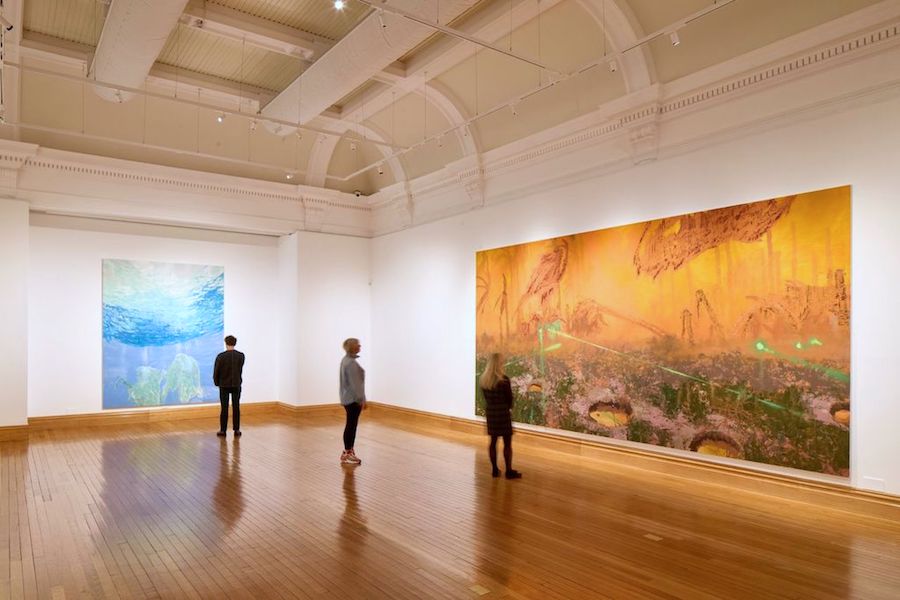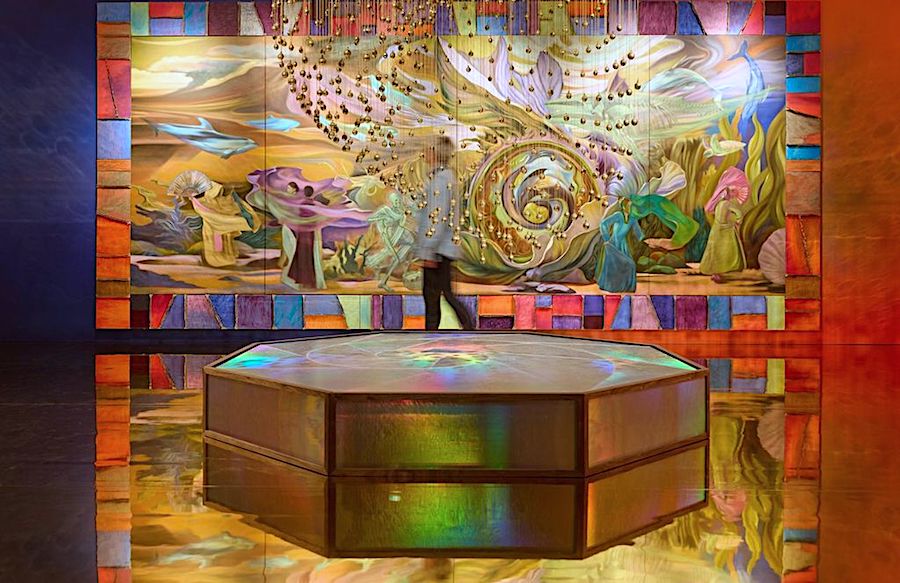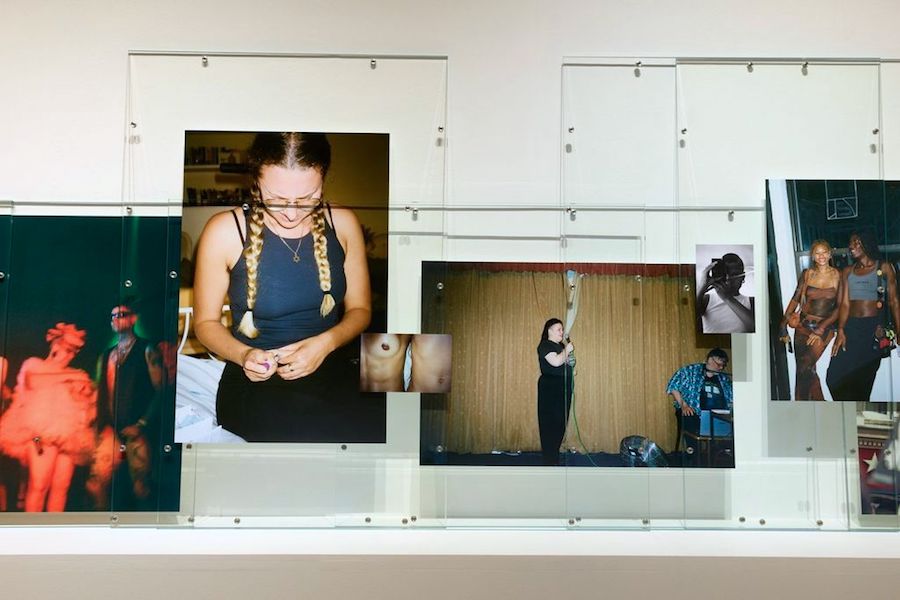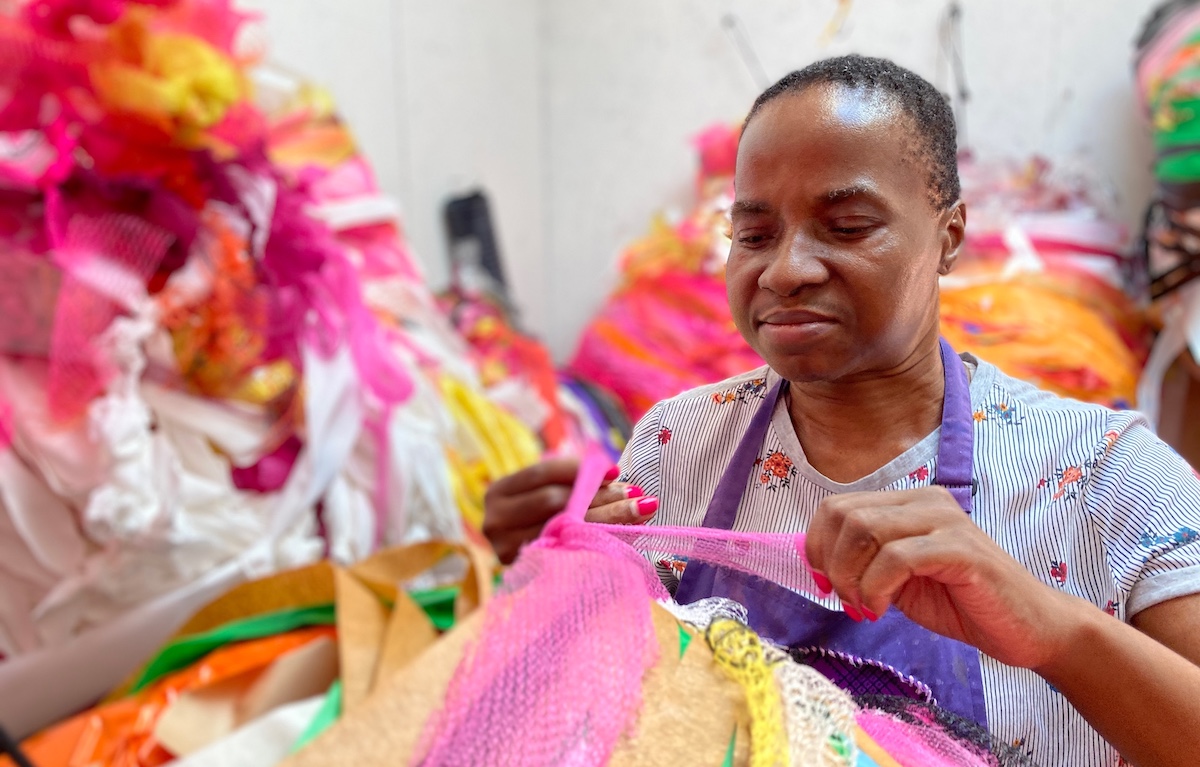The Turner Prize exhibition has settled into Cartwright Hall in Bradford like a slightly unpredictable houseguest—brilliant, messy, emotional, occasionally aloof—and the closer we get to December 9, the more the conversation tightens. Who’s really in front as Bradford counts down to the announcement?
Four artists and a jury hold the line about “a thrilling snapshot of contemporary art right now.” It isn’t. It never has been. The prize is less of a snapshot than a gauge—a barometer you tap with your finger to see if the weather’s about to turn. It’s a provocation dressed up as a ceremony, a cultural Rorschach test that tells you as much about the nation’s mood as it does about the artists themselves.
This year’s contenders—Nnena Kalu, Rene Matić, Mohammed Sami and Zadie Xa—couldn’t be more different if a curator had drafted them as a roundtable on contemporary identity. But the prize is rarely about balance. The Turner has a habit of tipping its hand toward a particular kind of artistic world-building, the sort that fills a room not only with objects but with an atmosphere, a thesis, a reason to linger. That, more than anything, is what tends to clinch it.
Before diving into predictions, here are the bare facts: four artists, £55,000 total prize fund (£25k for the winner, £10k to each runner-up), a five-member jury chaired by Alex Farquharson, and a venue—Cartwright Hall—chosen not for convenience but because Bradford is flexing its muscles as the UK City of Culture 2025. You can feel that ambition in the exhibition: it wants visitors to stay a little longer, to talk a little louder, to feel the civic moment. The jury is headed by Alex Farquharson, director of Tate Britain, and comprises Andrew Bonacina, independent curator; Sam Lackey, director of the Liverpool Biennial; Priyesh Mistry, associate curator of Modern and Contemporary Projects at The National Gallery; and Habda Rashid, senior curator of Modern and Contemporary Art.
So who rises to the top? Let’s take them one by one, with the uneven cadence of a critic writing too late at night, trying to make sense of an exhibition that still sticks to the ribs.

Nnena Kalu. Courtesy of the Artist and ActionSpace.
Nnena Kalu works in a language of texture and affirmation. She binds, wraps, coils and fastens materials—paper, tape, fabric, cellophane—into vivid, suspended forms that feel half-cocoon, half-beehive. The drawings alongside are stormy, swirling, almost musical in their repetition. Critics love the physicality, the pace, the boldness of touch. Adrian Searle (Guardian) has already all but engraved her name on the trophy. There’s no question her nomination is culturally significant—a rare Turner moment for the Turner’s first non-verbal artist whose practice is extremely personal and vulnerable. Kalu asserts presence. But intimacy can be a gamble in a competition that often rewards spectacle.

Which brings us to Mohammed Sami, the painter repeatedly slated as this year’s possible favourite. His large, haunted canvases—empty rooms, empty chairs, patterns that hold their breath—are soaked in the aftershock of war and exile. It’s all done with striking painterly control. Critics from The Times and The Telegraph have practically crowned him already. Sami is the “quality” contender, the one whose work presumably appeals to the jury’s institutional backbone: morally serious, visually resonant, formally accomplished. If Turner juries were machines, Sami would win. But Turner juries are human, prone to surprises.

And then there is Zadie Xa, whose installations don’t so much occupy a room as summon one out of thin air. Her world is woven from Korean folklore, tidal rhythms, soundwork, textiles, painting, sculpture—yes, it sounds like too much, and sometimes it is. A few critics called the piece overwrought. But even they conceded the ambition, the theatricality, the strange oceanic pull of it. Xa builds worlds, and Turner juries have a soft spot for artists who create environments rather than objects. Her presentation in Bradford feels like the show’s most cohesive whole: immersive, seductive, ritualistic. You walk into it and feel rearranged, just slightly, by colour and sound.

Rene Matić, by contrast, gives us the interior life of Britain through photographs, objects, and a soundscape that hums like a half-remembered memory. Their installation is emotional but controlled, personal but quietly political: heritage, queerness, grief, joy, tenderness; everything held together with the kind of sincerity that younger critics tend to call “urgent.” It’s the most socially resonant project of the shortlist, but also the one reviewers describe as fragmented. Some love the vulnerability, others want more thunder. Turner juries can occasionally be sentimental; more often, they’re drawn to the total artwork, the one that fills a room with an argument.
Here’s where AI comes in
After weighing up data, cohesion, critical praise, jury tendencies over a decade, venue context, and Turner’s recurring preference for immersive “worlds,” the prediction lands like this:
Nnena Kalu comes in at 40%, powerful and highly personal—a decisive choice, a likely win.
Mohammed Sami follows at 30%, with formidable, technically faultless, beautiful paintings.
Zadie Xa sits at 20% probability, edging ahead with a project that satisfies both the emotional and the institutional appetite.
Rene Matić at 10%, compelling yet perhaps too subtle for a room hungry for a grand narrative. Prediction Status: A passionate pick for the win. Remember, AI is as good as you feed into it!
That’s the gamble. When the jury gathers in Bradford, they won’t know they’re choosing a story—but they will be. They always do. On December 9, one artist will walk away with the prize money. Still, more importantly, the Turner Prize’s gravitational pull will define the kind of cultural momentum that changes careers and, sometimes, rewrites the conversation entirely.
Top Photo: Nnena Kalu Courtesy of the Artist and ActionSpace.

